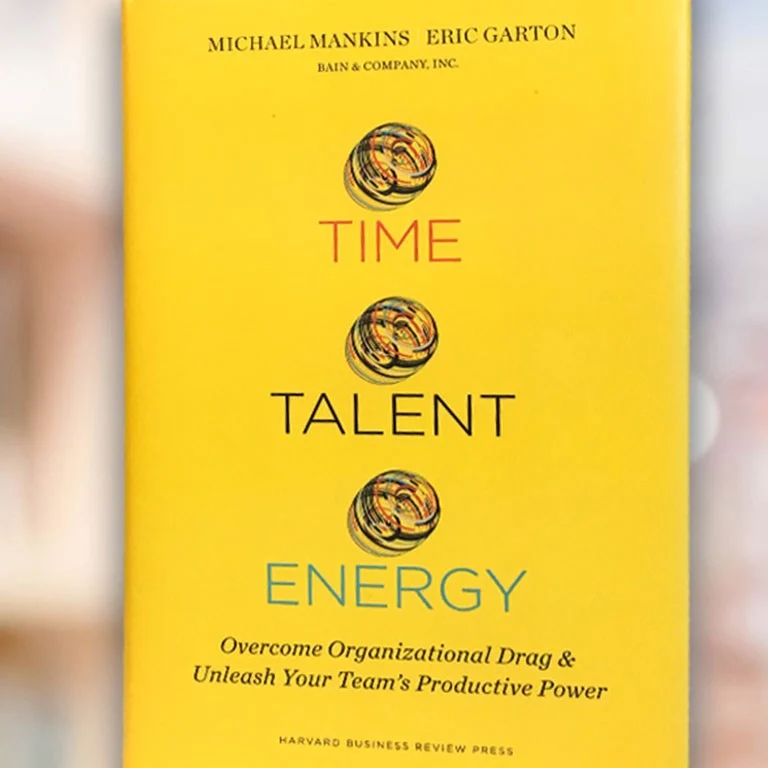HBR.org
This article originally appeared on HBR.org.
A new law establishing workers’ “right to disconnect” went into effect in France on January 1 of this year. The law requires companies with more than 50 employees to establish hours when staff should not send or answer emails. In an interview with the BBC, French legislator Benoit Hamon described the law as an answer to the travails of employees who “leave the office, but they do not leave their work. They remain attached by a kind of electronic leash—like a dog.”
We all know intuitively that we are more connected to the workplace than ever before. When Bain & Company examined e-communications and other forms of collaboration at two dozen large global companies, we found that the time devoted to email, instant messaging (IM), crowdsourcing, and other online communications is extensive and, unfortunately, on the rise. We used Microsoft Workplace Analytics (formerly VoloMetrix) and other data mining tools to comb through information captured in Microsoft Outlook, Gmail, and similar applications to understand precisely how much time is dedicated to processing e-communications—that is, sending, reading, and responding to email, IM, and other messages. What we found confirmed what many of us have long suspected, namely:
- Senior executives now receive 200 (or more) emails per day.
- The average frontline supervisor devotes about eight hours each week—a full business day—to sending, reading and answering e-communications.
- The level of e-communication has grown every year since 2008 (the year we started examining this data), and much of it now creeps into off-hours and weekends.
Of the eight hours managers devote to e-communications each week, we estimate 25% of that time is consumed reading emails that should not have been sent to that particular manager and 25% is spent responding to emails that the manager should never have answered.
Stated differently, the average frontline supervisor devotes almost half a day each week to processing unnecessary e-communications.

Time, Talent, Energy
Learn more about how the best companies manage their people's time, talent and energy with as much discipline as they do their financial capital.
There is nothing an individual employee can do to combat this onslaught. Neglect too many emails or IMs, and you risk irritating your peers or, worse, your boss. And if sending endless email chains is the way your organization gets things done, then you have no real choice but to adopt the ways of the tribe. In short, excessive e-communication is an organizational problem. It demands organizational solutions.
While the intent of France’s new law is laudable, rules like this confuse effect with cause, and as a result probably will not slow the tide of e-communication. At best, these measures will merely shift the timing of workplace communications from off-hours to the workday and push other “work” to weekends and after hours. In short, government officials can tell employers that they should not expect employees to respond to e-communications during off-hours, but unless the need—or perceived need—for excessive email, IM, crowdsourcing, and the like is somehow addressed, no government mandate will have much of an impact on the total time devoted to e-communications by employees or supervisors. Indeed, the French may quickly discover that their most productive workers are routine “lawbreakers” who stay connected during off-hours to reduce the need to take time away from family and friends to complete other work-related tasks.
The only way to decrease the total time dedicated to e-communications is to encourage leaders and employees to manage the load they put on the organization through email, IM, and so on. In our work with clients, we have come to believe that the best way to do this is to provide real-time information to leaders regarding organizational load, defined as the total hours devoted to reading and responding to emails originating from each executive. The leadership team at Seagate, for example, found that merely providing information on the total load each manager generated each week compared to peer executives helped to reduce unnecessary e-communications. Internal competition encouraged leaders to reduce the number of employees copied on each email as well as the responses they sent to emails that did not require one. Combined, these actions reduced the time devoted to processing e-communications, without the need for mandates. Information alone modified management’s behavior.

Michael Mankins: Time, Talent and Energy
How companies can increase productivity and competitiveness by successfully managing these three key resources.
Another simple but powerful action is to eliminate “Reply All”—figuratively or literally. Since it takes time to read any email, even those that are unnecessary or not intended for you, the Reply All feature can be a big time waster. In the organizational time audits we described earlier, we found that Reply All being so easy to use costs the average frontline supervisor more than 30 minutes a week in processing unnecessary e-communications. Eliminate the feature and you will liberate unproductive time across the organization.
There is little doubt that unnecessary e-communications is costly, not just to the individual employee but to society at large. It contributes to employee burnout and lost productivity. But legal mandates focused on the symptoms, rather than the cause, of excessive emails are likely to have little effect. It’s time for leaders to take responsibility for the load they put on the organization and to take steps to change the way work gets done on the job. Only then will employees be able to successfully cut the leash and focus their precious time on delivering great results.
Michael Mankins is a partner in Bain & Company’s San Francisco office and coauthor of Time, Talent, Energy: Overcome Organizational Drag and Unleash Your Team’s Productive Power (HBR Press, March 2017).